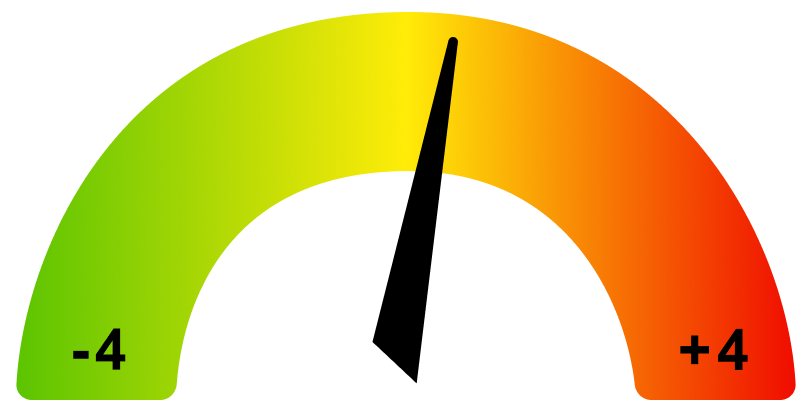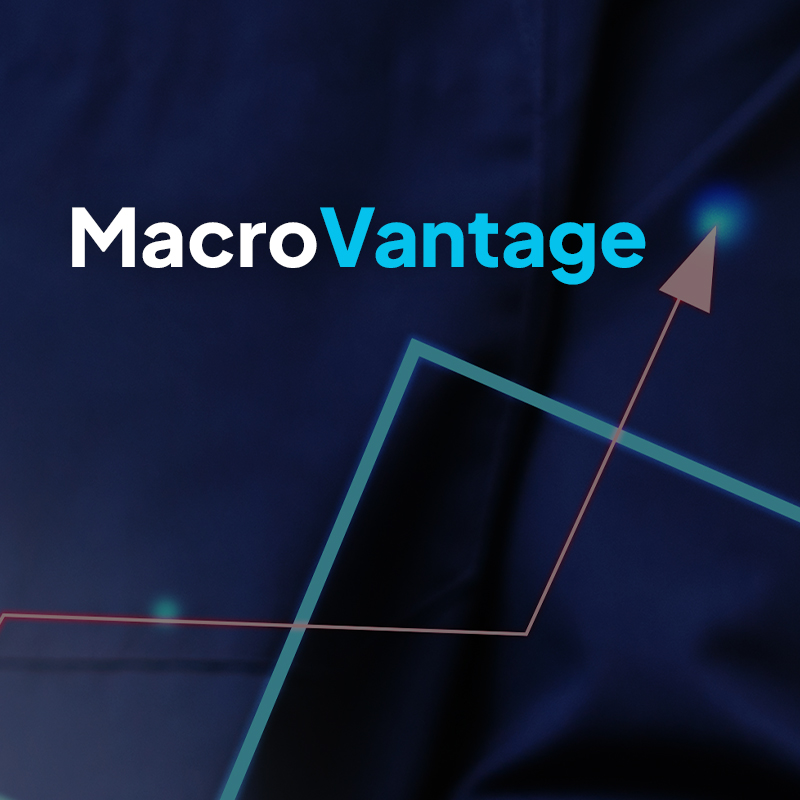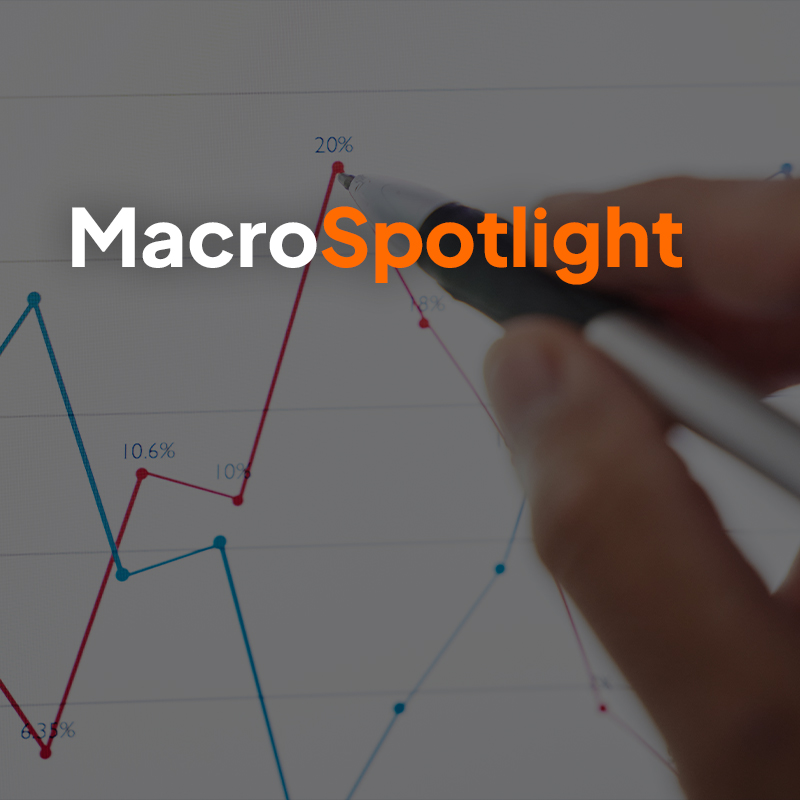
Protect your alpha
Designed for portfolio managers and risk officers to build conviction and confidence by systematically controlling macro exposure and protecting alpha. Add intelligence about the broader forces impacting your fundamental analysis without changing how you work.
Macro Risk Pulse
The MRP is calculated using Quant Insights’ proprietary Macro Factor Equity Risk Model (MFERM)
0.50

The Macro Risk Pulse (MRP) measures the proportion of total S&P500 risk explained by macro factors.
A high reading indicates that the market is predominantly driven by top-down macro factors opposed to company fundamental factors.
(The published figure is from the previous day closing data)

Our Solutions
We manage the macro. You focus on the alpha
Strengthen your investment process with data driven repeatable and consistent macro perspectives in your portfolio. Easy to interpret and deploy.
To do this, we employ data science, machine learning and modern technology architectures. We value rigour, accuracy and effortless integration into client workflows.


Our Risk Models and Analytics help investors understand and measure how macro factors impact their portfolio risk and return


A robust cross-asset, valuation engine to identify dislocations, between macro information and price.


Enables investors to identify macro regimes and build portfolios resilient to macroeconomic shifts.

We manage the macro. You focus on the alpha
Our Partners

















Latest insights
Make informed investment decisions with unique insights
Topical observations from the Qi macro lens. Build your investment roadmap with the best-in-class quantitative analysis and global data.


Identify price dislocations, opportunities, regimes and sensitivities
1. Rate sensitive vs bond proxy stocks – too far, too fast?
2. EURGBP –upside risks
3. EM bonds –trend break or pause that refreshes?


In-depth coverage on specific assets, markets, or thematic topics. Explore trends, regimes, and exposures.
Can Equities & Rates Still Rise Together?
Qi’s Macro Risk Model Says — Not Right Now.


In-depth coverage on specific assets, markets, or thematic topics. Explore trends, regimes, and exposures.
Navigating Market Regimes & Seeing Icebergs Before They Hit
Frequently asked questions
What is Quant Insight's Approach?

Qi treats macro variables as external forces that influence asset prices independently of company fundamentals. Our platform uses Partial Least Squares Regression (PLSR) to solve for how sensitive each security is to macro factors like GDP growth, interest rates, and credit spreads. This provides both post-trade risk analysis through Macro Risk tools (MFERM) and pre-trade valuation insights through our Macro Valuation tools.

Traditional models like Barra start with known exposures and estimate factor returns. Qi does the opposite—we start with observed macro factor returns and estimate each security's exposure to those factors. This approach powers both our risk attribution capabilities and our fair value analysis for individual securities.
Why Macro Matters

Our analysis of hundreds of equity portfolios shows that 50-80% of quarterly returns can be explained by macro factors. Even the best stock-picking process is influenced by the macro backdrop—interest rates affect valuations, growth expectations drive multiples. Qi helps you separate genuine alpha from macro-driven performance and identify when securities are mispriced relative to macro fundamentals.

No, Qi complements style models. While style models show your value, momentum, and growth tilts, our macro analytics reveal how macro forces drive those style returns and individual security valuations. Used together, they provide a complete picture of what's driving performance and where opportunities exist.
Portfolio Applications

Our platform enables you to monitor and control macro risk in portfolios while identifying mispriced securities. You can set macro risk limits, time gross exposure adjustments, use fair value gaps for entry/exit timing, and ensure idiosyncratic alpha isn't eroded by unintended macro bets. This helps avoid drawdowns during macro shocks while capturing valuation opportunities.

Yes. By systematically reducing Macro Share of Risk (MSR) and using our fair value analysis for better entry points, our platform helps make portfolios more resilient and better positioned. This protects against downside while enabling you to stay invested in attractively valued positions during market stress.
Actionable Insights

Our models use variance-covariance matrices with 90-day half-lives to forecast portfolio volatility and fair value ranges based on macro exposures. The Macro Share of Risk (MSR) metric inversely correlates with forward Sharpe ratios, while our Fair Value Gaps help identify mean-reversion opportunities in individual securities.

Qi insights translate directly into investment decisions:
- Adjust allocations based on changing macro sensitivities
- Use fair value gaps for timing entry and exit points
- Hedge specific macro risks rather than broad de-risking
- Build balanced portfolios avoiding concentrated macro bets
- Identify securities trading away from macro-justified levels
Implementation

We group factors into three categories: Growth Expectations (GDP nowcasts, PMIs), Financial Conditions (yields, credit spreads, FX, commodities), and Risk Appetite (VIX, volatility measures). Factors are selected for economic significance, statistical persistence, and stability across market regimes.

Our analytics are available via API feeds, web interface, daily file drops, and through partner platforms including Omega Point, EDS, and GS Marquee. We integrate easily with existing systems and provide both risk attribution and valuation analysis in unified workflows.




